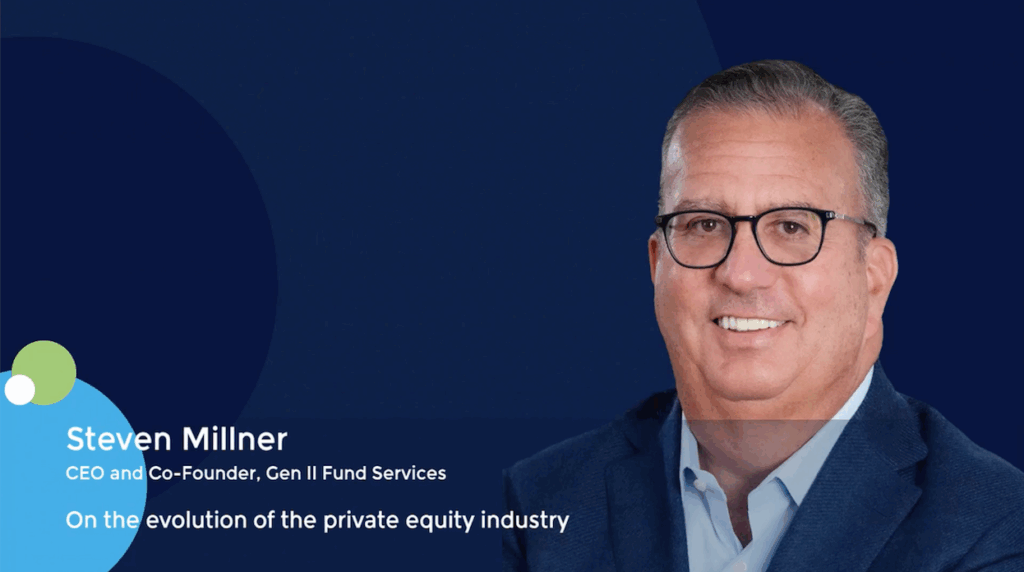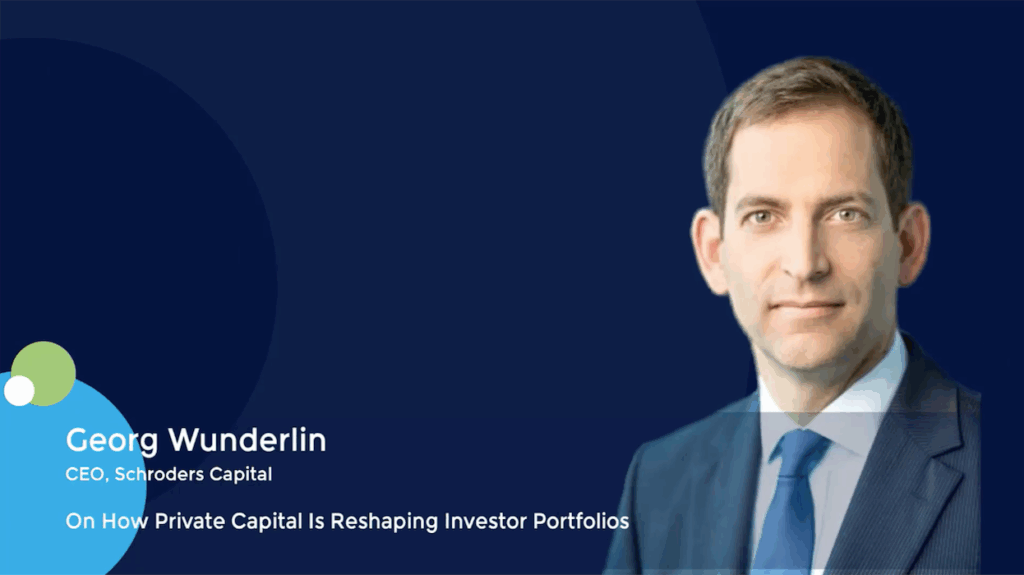IPO market braces for long period of disruption – ECM Pulse North America
- Forecasting risk hurts IPO prospects in the near-term
- All eyes on 1Q earnings and company forecasts
After the initial shock of the Trump administration’s imposition of sweeping global tariffs, equity capital markets participants are coming to terms with the reality that volatility is here to stay—at least for the next few months.
Although the impact of some of the worst trade restrictions have been paused, the White House’s aggressive trade posture, coupled with broader macroeconomic uncertainty, has sent a chill through the market for new listings. Deals long in the making have been postponed indefinitely, and ECM syndicate desks are now preparing for the possibility that even when the fog lifts, the next wave of issuance will land in a market that remains difficult to navigate.
Over the past week, planning anything has been challenging. Choppy inflows and sharp equity index swings have created disarray on all fronts. “Investors are focused on secondary positioning; companies are testing the waters, but getting investors to focus on the upcoming calendar is challenging given the current backdrop. It’s also very difficult to find a clean 7–8 day roadshow window when you’re up 10% one day and down 4% the next,” said Evan Riley, Head of Americas equity capital markets at BNP Paribas.
The 90-day pause on tariff implementation was supposed to offer a tactical breather, but it hasn’t changed the core dilemma: how do you benchmark valuation for new issues to account ahead of unpredictable earnings, and what multiple do you apply in this kind of market?
That question looms large across syndicate and buyside desks. Even more so as companies preparing to go public contend with micro-level forecasting difficulties amid macro-level instability. It’s no longer just about whether the market is open but whether one can trust a company’s forward guidance in an environment where global supply chains, inflation expectations, and GDP growth projections are in flux.
“Companies with defensive business models have an easier time, but everyone ultimately has exposure to the US macro cycle,” said one senior syndicate banker. “You also need to layer on country-level political risk, trade uncertainty, and capital rotation dynamics.”
That complexity is contributing to a noticeable pause in investor activity. Even for companies that meet all the criteria; a compelling growth story, sound financials, and a defensible valuation. There’s no guarantee the demand will show up.
“It’s difficult to price equity risk at the moment with a high-conviction view,” said Nick Williams, Head of Americas ECM at Deutsche Bank. “Any protracted marketed offering in a volatile market like this is simply not the obvious thing to do for many issuers. You either want to get in and out very quickly, or come to market having already lined up buyers.”
Short marketing periods, accelerated bookbuilds, and strong anchor demand have reemerged as the primary execution strategies. Issuers are advised to secure interest in advance and take a highly informed view of where their valuation sits relative to recent comps, particularly given the added volatility.
Anchor comeback?
A noticeable change in tone has emerged from long-only investors, with many of them becoming more price-disciplined now than they have been in recent memory.
“Even before the recent market turbulence, long-onlies had become more discerning, more price-disciplined, and less sensitive to missing out,” Riley added.
That reset in expectations could pave the way for the return of anchor and cornerstone investors, mechanisms that disappeared almost entirely during the IPO drought of 2023–2024. Several deals stuck in a limbo could lean on these tools to build momentum and provide valuation support. They reduce deal size, introduce scarcity value, and provide valuation affirmation. Assuming demand is high quality, bankers see anchors as a very effective tool in choppy markets. Even the recent IPO of CoreWeave, whose aftermarket has been more constructive than its challenged execution, saw a sizable anchor order from existing backer Nvidia to get it across the finish line.
Bankers are also pushing for issuers and syndicates to better internalize investor feedback from pre-deal meetings, as misalignments between what investors say and what issuers hear may become a crucial differentiator in future transactions. This lesson became particularly poignant following the troubled mega listing of Venture Global in early 1Q.
Waiting for calm
A return to IPO issuance in late 2Q or early 3Q is still possible, bankers say, but the pipeline may only trickle out deals rather than burst open. For now, the focus is on identifying companies with business models that are resilient, internationally diversified, and able to defend valuation floors.
Asset allocators are watching relative value not just across equities, but across sectors and asset classes, making it harder to build confidence in a single deal unless it aligns with broader portfolio construction priorities.
Amid it all, at this specific moment, it is easier to be a private company than a public one.
“Private valuations have been looking relatively robust, encouraged by what had been a reopening IPO market,” said Deutsche Bank’s Williams. “Whilst there is clearly a link between how equity risk is priced in the private markets and where public markets are trading, for now the private route still looks easier for many as a source of liquidity.”
The upcoming 1Q earnings season could be an unlikely turning point. The real signal won’t just be strong performance; it will be how companies guide for the remainder of the year. “That could determine whether the market reopens sooner or stays shut longer,” said PwC IPO leader Mike Bellin.
Right now, a reopening of the market remains out of reach. The only IPOs currently in the market are AIRO, a small defense company aligned with investor enthusiasm for the sector under this administration’s priorities, and Chagee, a Chinese issuer not seen as a bellwether for broader issuance—but still making a bold move with a large part of the deal reportedly covered pre-launch.
“As a general rule, few IPOs are launching in this kind of environment,” said BNP’s Riley. “We need materially less volatility, calmer markets, and tighter dispersion to reintroduce confidence and conviction.”










